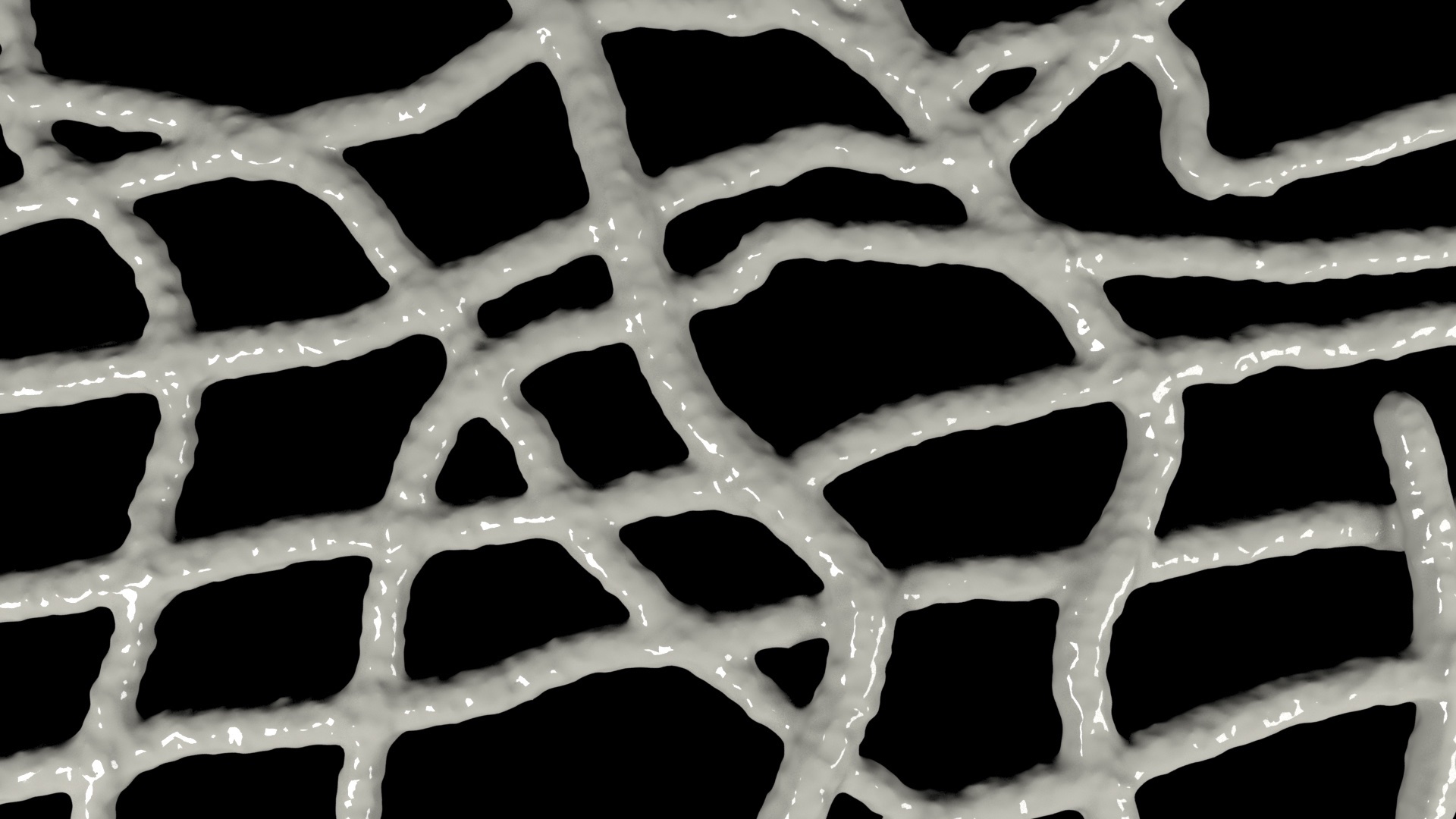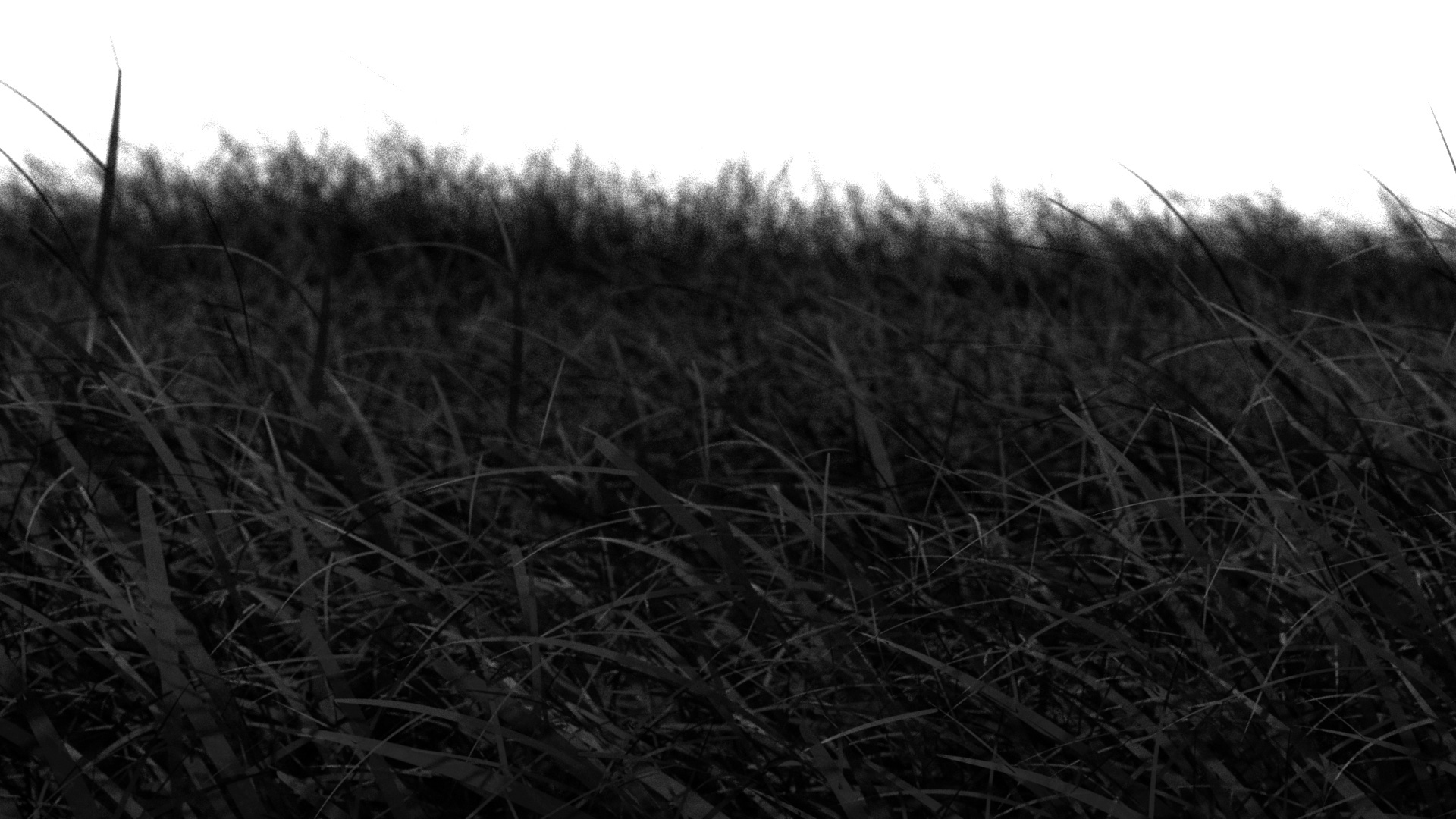
Death Grip
The Ophiocordyceps sinensis is an extremely rare parasitic fungus. Its host is the larva of the Thitarodes moth, which grows at an altitude of 3,000 to 4,000 meters, in the mountains of Nepal, India and Bhutan, and in the Tibetan Plateau. Locally called the yartsa gunbu — Tibetan for “summer grass, winter worm”, it has been used in Asian traditional medicine for centuries. An exotic, mystical aura surrounds it, and there’s a strong belief in its therapeutic, pharmacological, and medicinal benefits. Popular belief is that the fungus strengthens the immune system and increases longevity, vitality and virility, and it is used for treating several diseases, especially in China, its main importer, where Ophiocordyceps sinensis turned into a commodity bought and sold for outlandish amounts. Mobilising hundreds of peasants and villagers who gather their families every spring to embark on a risky venture, battling geography and the elements, its unbridled harvesting and trade has significantly changed the region’s landscape and created a number of devastating consequences — environmental disruption and ecological imbalance, local dispute and guerrilla warfare, the escalating of violence and crime, and a rise in inflation afflicting the local economy, and tainting trading relations between larger economies and the smaller economies of underdeveloped countries.
A natural, ancestral resource believed to have near-magical powers — that is the utopia Policarpo invites us to consider, along with two major contemporary issues that have worried humanity since ancient times: vitality and reproduction. Scarcer and more valuable than gold itself, the Ophiocordyceps sinensis is seen as a precious tonic, capable of offering a healthier, longer and better life.
Another curious aspect Policarpo focuses on is the interaction between parasite and host, and particularly on the morphological, physiological and behavioural changes the former brings about on the latter. The fungus has the ability to alter the behaviour of its host — an amazing evolutive survival strategy. For instance, some Ophiocordyceps sinensis species turn their host into a kind of zombie, forcing it to search ever-higher spots to better spread their spores and infect new hosts. A parallel comes into play — ideas such as contamination, infection and manipulation become metaphors for the Marxist concept of economic and social parasitism and its articulation with the history of capitalism.
Death Grip (1) is a site-specific multimedia installation combining an electroacoustic piece with moving images so as to create an immersive, sensorial experience of a desert, inhospitable environment now condemned to its demise. Once we enter it, different elements contribute to create the hostile, uncomfortable experience of a deserted and desolate landscape — like the low temperature and the sound floor-sculptures that evoke the harsh, rocky Himalayas, which have inspired myriad legends of curses and evil spirits. The effect is strangely ambivalent: we wish to stay, but we also want to leave; we want to know, but we fear the unknown.
Death Grip puts together a scathing denunciation of the overexploitation of a natural resource; alerting us for its environmental, economic and social consequences. Focusing particularly on women — the main victims in this process, even if deemed invisible by Hinduism — the artist returns to issues related to gender politics, feminism, and identity that she has explored in previous works.
1. Other than its literal meaning, the term “death grip” designates the behaviour of insects infected with Ophiocordyceps sinensis when about to die — they rest in place by biting down on the underside of a leaf, which spreads the fungus.
Excerpt from the text Contamination and Cure
By Inês Grosso
(Photo: Bruno Lopes)








